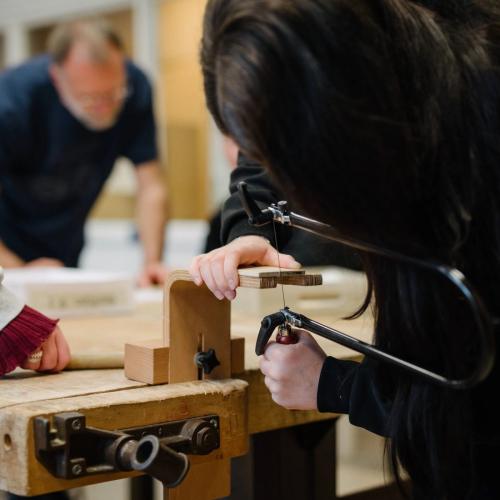Related Stories
Hemp fibres 'better than graphene'
Key Excerpts from Article on Website of BBC News
Posted: October 20th, 2014
http://www.bbc.com/news/science-environment-28770876
"People ask me: why hemp? I say, why not?" said Dr David Mitlin of Clarkson University, New York, who describes his device in the journal ACS Nano. "We're making graphene-like materials for a thousandth of the price - and we're doing it with waste. ... the leftover bast fibre - the inner bark - typically ends up as landfill. "You can do really interesting things with bio-waste. We've pretty much figured out the secret sauce of it," said Dr Mitlin. The trick is to tailor the right plant fibre to the right electrical device - according to their organic structure. "With banana peels, you can turn them into a dense block of carbon - we call it pseudo-graphite - and that's great for sodium ion batteries," he explained. "But if you look at hemp fibre its structure is the opposite - it makes sheets with high surface area - and that's very conducive to supercapacitors." Mitlin's peer-reviewed journal paper ranks the device "on par with or better than commercial graphene-based devices". "They work down to 0C and display some of the best power-energy combinations reported in the literature for any carbon. Fully assembled, their energy density is 12 Wh/kg, which can be achieved at a charge time less than six seconds. "Obviously hemp can't do all the things graphene can," Dr Mitlin concedes. "But for energy storage, it works just as well. And it costs a fraction of the price – $500-1,000 a tonne."
Note: For more about the amazing properties of graphene, read this CNN News Article.
Related Stories
Top Inspiring News Articles
Top Inspiring News Articles from Years Past
















































































